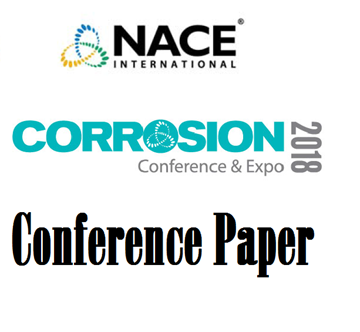Search
51316-7792-H2S Solubility in Dense Phase CO2 at Elevated Pressure: Impact on Materials Selection
Also Purchased
51313-02785-Dense Phase CO2 Corrosion and the Impact of Depressurization and Accumulation of Impurities
Product Number:
51313-02785-SG
ISBN:
02785 2013 CP
Publication Date:
2013
$20.00
51312-01452-Internal corrosion in dense phase CO2 transport pipelines - state of the art and the need for furthe
Product Number:
51312-01452-SG
ISBN:
01452 2012 CP
Publication Date:
2012
$20.00
51318-11429-Formation of strong acids in dense phase CO2
Product Number:
51318-11429-SG
Publication Date:
2018
$20.00




